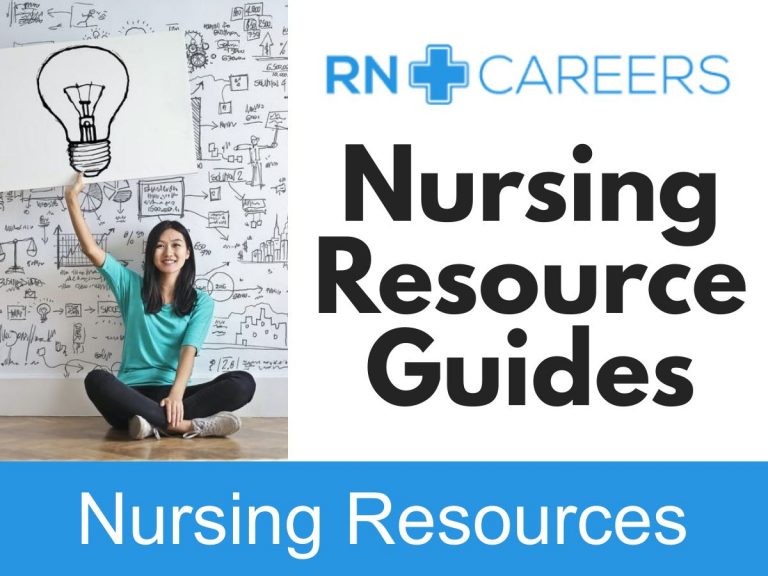FAQ
The idea of a practical nurse came about as early as 1941. During the second world war, there was a desperate need for more nurses. This spurred the start of The National Association for Practical Nurse Education and Service. In 1944, NAPNES held a conference in Washington D.C., and practical nursing students were recognized officially after being voted in at this conference. The first accreditation service was formed by NAPNES shortly after, in 1945. In 1949 The National Federation of Licensed Practical Nurses was founded. In 1957 the NFLPN worked on and approved a statement that detailed the functions of an LPN. Accreditation was discontinued by NAPNES in 1986. You can read the details on the origins of LPN accreditation at the NAPNES website. You can also read more on the history of LPNs and RNs at the Nursing World’s website. They provide a very detailed timeline here.
Online Nursing Programs That Might Interest You
Learn about start dates, transferring credits, availability of financial aid, and more by contacting the universities below.
LPNs Current Status
There is a long, complex history of changes to the LPN role. Yet, there are a few things that have stayed the same over the ages. LPNs have always been patient advocates. This boils down to being a buffer between the healthcare system and the human needs of patients. LPNs are there to catch what falls through the cracks. What’s changing are the practical aspects. What should an LPN be allowed to do? Can they be used in place of a nurse? In what settings? Where should they be allowed to work? These questions are asked over and over again in the healthcare world.
Today, it’s usually up to the policy of the place you work. What a nursing home allows an LPN to do is different than at a hospital, or correctional facility. This is due to different patient populations. An LPN’s role can vary from company to company as well. One nursing home may allow an LPN to give medications while another forbids it. This is what poses the biggest challenge in defining an LPN. The role is versatile and fluid.
An LPN’s role on the spectrum of nursing has had many changes throughout history. LPNs almost completely served as military care nurses during World War II. After the war, many LPNs sought jobs in hospitals through ANA’s Professional Counseling and Placement Service. The American Federation of State, County, and Municipal Employees has reported that between 1984 and 2005 the role of LPNs in hospitals fell 47 percent. Today that means LPNs have been removed from acute care settings and moved into nursing homes and at home care programs.
New School Cool: LPNs Today
The AFSCME report called for greater use of LPNs in hospitals. So far, hospitals do not seem to be following that advice. In 2012, a report by the Bureau of Labor Statistics showed that 20% of LPNs worked in a hospital environment. In 2014, a BLS report showed that only 1.94% of LPNs work in a hospital. However, it should be noted that every estimate dropped to LPNs in 2014. LPNs employed in nursing care facilities went from 29% to 12.84%. Total LPNs working went from 738,400 to 695,610. One could gather from these numbers that the LPN role has splintered into specialized environments. If you were to work as an LPN today, you’d likely work in a nursing home, or at a home health care service. These were the top two employers as of 2014 according to the BLS report.
Take the next step toward your healthcare future with online learning.
Discover schools with the programs and courses you’re interested in, and start learning today. [/one_half_last]
[/one_half_last]
- About the Author
- Latest Posts
After graduating with a degree in English Literature from UCLA, Jeff published four editions of the World Wide Web Yellow Pages by Barnes and Noble, and several editions of the Best of the Web. He’s worked as an executive at both startup and mature companies including CareerPath.com and Microsoft. With nearly three decades of publishing and business development expertise, he now puts that experience to use operating RNCareers.org to help future nursing students get reliable information on registered nursing careers.


